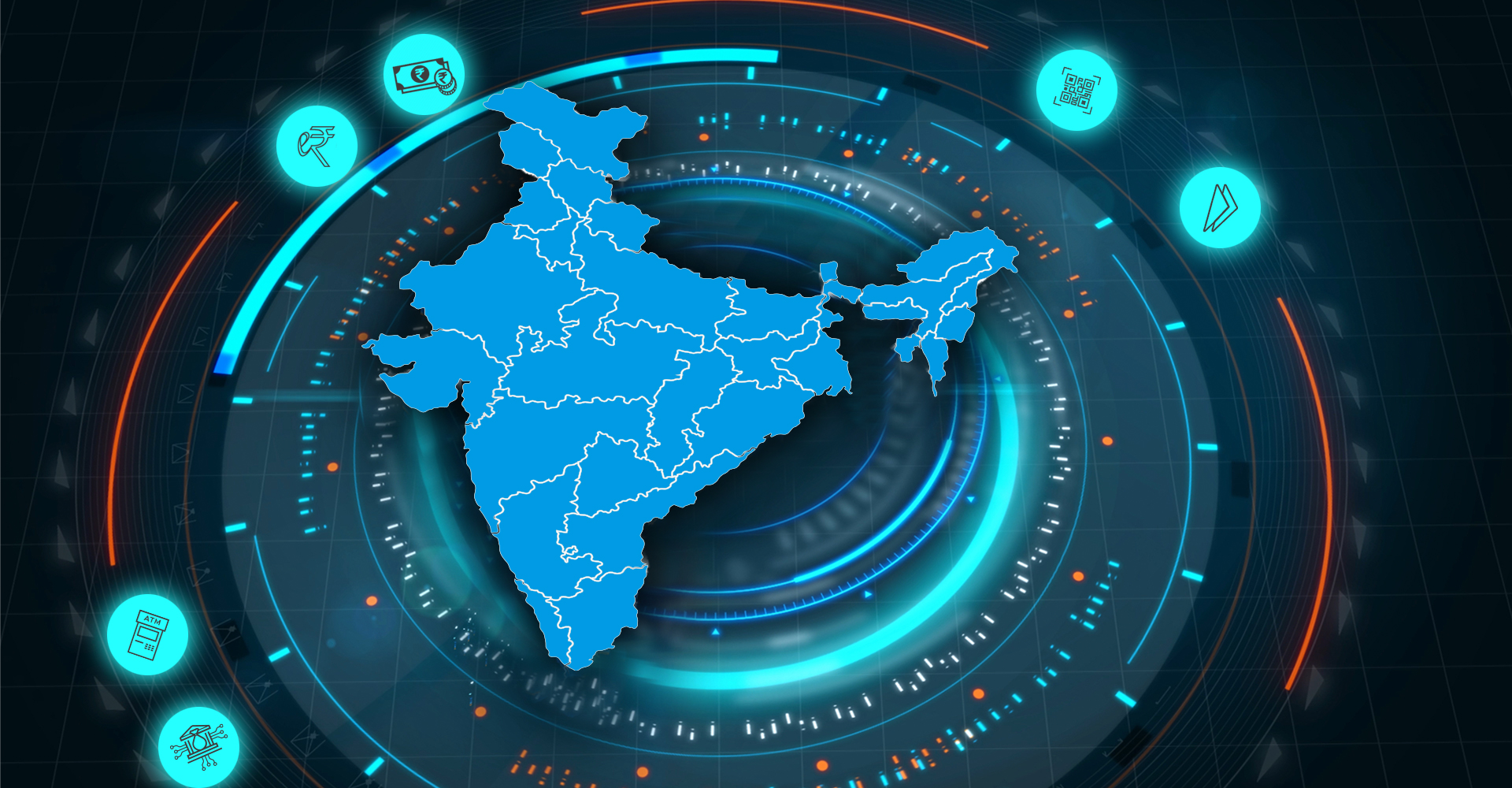History of Digital Payments in India

The last few years have seen significant innovation in India’s payment ecosystem. As a result of the demand for more secure and faster payments, digital payments have grown exponentially in popularity and acceptance. With that, key factors contributing to their adoption have enhanced the payment’s ability to provide a seamless, easy-to-use, and complete customer experience. Even with the COVID-19 pandemic and its effects on the economy, there were 48 billion digital transactions in the calendar year (CY) 2020. In addition to technological advancements, convenience initiatives, and regulatory changes, this growth has been driven by new services and new players entering the payments ecosystem.
A Timeline – Evolution of Indian Digital Payments
Technology has impacted all aspects of our lives, including our style of purchases and payments. E-commerce has exploded in recent years, and digital revenues have increased. Currently, Indian consumers swipe and tap their cards or input payment data into their smartphones and devices. The journey from bartering goods for goods to one-click transactions has been extensive and exciting. Let’s take a look at some critical landmarks which shaped the trajectory of digital payments in India-
1980
The Central Bank of India issued the first Indian bank credit card, adopted in the same year by Andhra Bank, both operated by Visa.
1987
HSBC installed the first ATM in Mumbai
2003
BillDesk started their offering as a Payment Aggregator for merchants.
2004
The first e-wallet called Oxigen Wallet was launched.
2005
National Electronic Funds Transfer (NEFT) was established, managed and maintained by Institute for Development and Research in Banking Technology.
2010
IMPS was publicly set up in Mumbai.
2012
RuPay card scheme was developed by the National Payments Corporation of India (NPCI).
2013
Bharat Bill Pay System was founded by NPCI.
2016
UPI was launched by Dr. Raghuram G Rajan, Governor, RBI at Mumbai.
2018
RuPay cards become the number 1 scheme in the amount of cards issued and the number 2 scheme on value and volume done on PoS machines and eCommerce.
2021
A cashless and contactless instrument for digital payments, e-RUPI was introduced by Prime Minister Modi.
2021 onwards
According to reports, India’s digital payments industry will generate US$700 billion by 2022. The fintech industry will innovate more dynamically in the future, allowing for safe transactions to develop and promote the digital payment landscape in the country. There is already progress in blockchain technology, cloud-based payment systems, cryptocurrencies, and other IoT and AI-powered payment solutions.
The Future Ahead
The Indian economy is transitioning away from a cash economy through multiple factors, parallel institutional and behavioural trends. Increasing use of smartphones and internet connectivity on mobile phones, the growth of digital payment services offered by non-banking institutions and the fintech sector, consumer expectations of one-touch payments, and advancements in regulatory governance and tax breaks have revolutionized India’s payments landscape in favour of digital solutions.
A growing number of wallet companies are looking to offer credit and payments services. Fintechs are now providing instant loans, wealth management, buying and selling electronic gold, and digital insurance. PSPs intend to offer lending and neo banking services to expand their products. Furthermore, regulatory initiatives have encouraged many startups to explore and implement solutions that expand the use of digital payments methods, particularly for India’s unserved populations. It will be interesting to observe how many new providers choose to explore offline payments, voice-recognition payments, and similar innovations in the years ahead.
